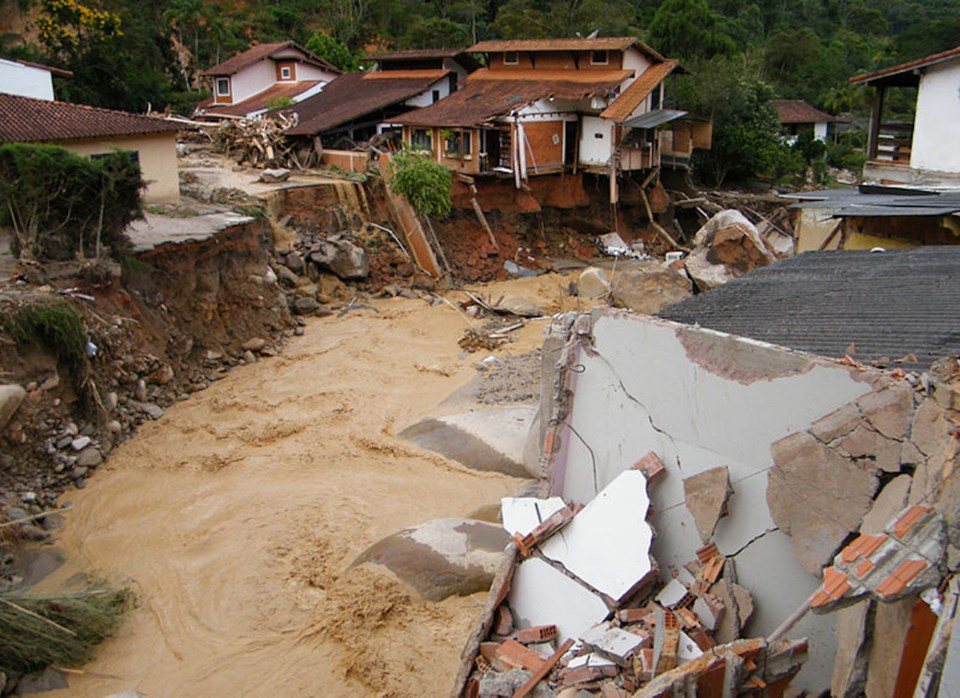Natural disasters can wipe away the means of livelihood for victims, leaving them in desperate need of relief, struggling to survive. When disasters strike farm families in developing countries, those families need to get their land back in production as quickly as possible.
University of Guelph plant agriculture professor Manish Raizada has come up with a unique relief package designed to help those families get back into growing food.
Raizada calls his invention the eSAK – emergency sustainable agriculture kit. It is a kind of agricultural jump-starter, a kit packed with low-cost tools, seeds and other essentials that farm families need to recover from disasters.
Raizada and leader author Tejendra Chapagain recently published an article in the journal Agriculture and Food Security. It outlines the benefits of the eSAKs and encourages humanitarian aid agencies, governments and NGOs to make them available to farmers.
In a U of G press release, Raizada said small farmers are often overlooked in the aftermath of natural disasters. The immediate focus is on the distribution of short-term emergency aid in urban settings. Cities are targeted for relief, rural areas neglected.
After the 2015 Nepal earthquake, Raizada, his team and external partners, distributed the main items of the kits in that country. That action became the basis for the contents of the eSAK.
The relief packages contain plastic for shelter and/or groundcover, a grain storage bag, a small shovel, gardening gloves and a first-aid kit.
Among the most essential components in the package are packets of seeds for fast growing grains, legumes and vegetables, as well as fertilizer and tools.
The complete package costs about $40. The kits are assembled by local agencies from products found on the Internet and shipped in bulk. It would cost approximately $4 million to provide eSAKs to 100,000 people.
According to the press release, Raizada thinks it would be preferable if the United Nations and/or the International Red Cross stockpiled eSAKs so that they are ready for distribution to rural areas within 24 hours of a disaster. Local networks could serve as distribution hubs.
The eSAK concept was hatched after a lengthy study of responses to natural disasters around the world, including earthquakes, floods, and tsunamis. In all cases, farmers were often left without support, with long-term negative consequences.
